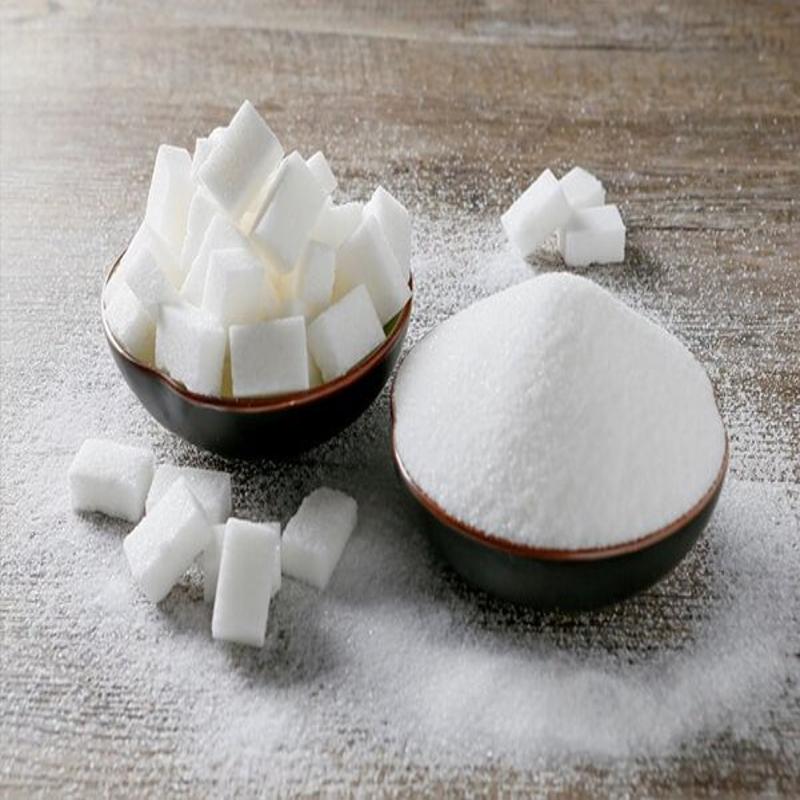-
Categories
-
Pharmaceutical Intermediates
-
Active Pharmaceutical Ingredients
-
Food Additives
- Industrial Coatings
- Agrochemicals
- Dyes and Pigments
- Surfactant
- Flavors and Fragrances
- Chemical Reagents
- Catalyst and Auxiliary
- Natural Products
- Inorganic Chemistry
-
Organic Chemistry
-
Biochemical Engineering
- Analytical Chemistry
-
Cosmetic Ingredient
- Water Treatment Chemical
-
Pharmaceutical Intermediates
Promotion
ECHEMI Mall
Wholesale
Weekly Price
Exhibition
News
-
Trade Service
Food Partners Network News On January 19, 2021, the European Union Food Safety Authority issued an opinion on the safety evaluation of a food enzyme alternating sucrosecrase.
it is understood that this food enzyme is produced by lemon candiella NZYM-DB and is intended to be used to produce α-d-glucosaccharides as sweeteners.
assessment, the Panel found that the risk of allergic allergenicity and induced reactions caused by dietary exposure could not be ruled out under the expected conditions of use, but that the likelihood of this occurring was low.
the data provided, the Panel concluded that the food enzyme would not cause safety problems under the expected conditions of use.
the original article is as follows: The food enzyme alternansucrase (sucrose: 1,6 (1,3)-α-d-glucan 6(3)-α-d-glucosyltransferase, EC 2.4.1.140) is produced with a non-genetically modified Leuconostoc citreum NRRL B-30894 by Cargill Made. As a consequence of the absence of antimicrobial resistance genes identified in its genome, the production strain meets the criteria to qualify for the Qualified Presumption of Safety (QPS) approach to safety assessment. As no other concerns arising from the microbial source or from the manufacturing process have been identified, the Panel considers that toxicological tests are not needed for the assessment of this food enzyme. The alternansucrase food enzyme is intended to be used for the manufacture of α‐d‐glucan oligosaccharides as a sweetening agent. The purification processes applied to syrups produced from sucrose with alternansucrase are expected to largely remove the food enzyme. Any residual TOS remaining in the final product would consist of non‐hazardous material. This is based on the QPS status of the production organism, the medium components and the identified material used in downstream processing. Consequently, the Panel decided that dietary exposure did not need to be calculated. Similarity of the amino acid sequence to those of known allergens was searched and no match was found. The Panel considered that, under the intended conditions of use, the risk of allergic sensitisation and elicitation reactions by dietary exposure cannot be excluded, but the likelihood for this to occur is considered to be low. Based on the data provided, the Panel's conclusioned that this food enzyme does not give give rise to safety concerns under the designed conditions of the use. This article was edited by Food Partners Network Food Information Center for the reference of netizens, welcome to reprint, reprint please indicate the source! If you have any questions, news@foodmate.net.







